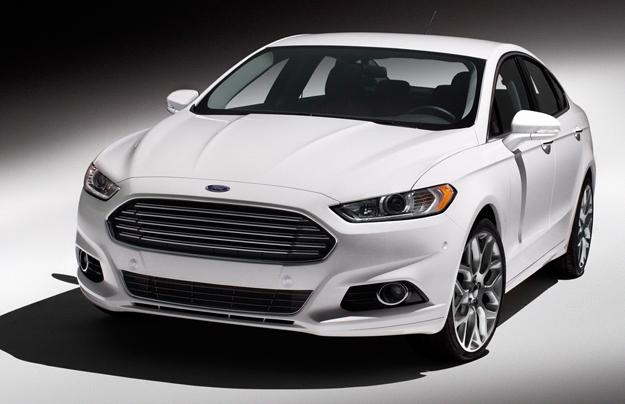 New cars are more fuel-efficient than in any period of recorded history but, according to a new study, the auto industry has made its biggest stride during the last five years. According to the University of Michigan Transportation Research Institute (UMTRI), the average fuel economy of cars sold in the United States in March 2012 was 24.1 mpg, a historical high. It was also higher than the 20.1 mpg registered in October 2007, when the study began.
New cars are more fuel-efficient than in any period of recorded history but, according to a new study, the auto industry has made its biggest stride during the last five years. According to the University of Michigan Transportation Research Institute (UMTRI), the average fuel economy of cars sold in the United States in March 2012 was 24.1 mpg, a historical high. It was also higher than the 20.1 mpg registered in October 2007, when the study began.
UMTRI calculated average fuel economy by measuring the monthly sales of each vehicle, and comparing those sales to the fuel economy figures listed in the EPA Fuel Economy Guide (these are the same numbers that appear on window stickers). If a car had multiple ratings, an average was taken. Low-volume manufacturers, like Ferrari and Rolls-Royce, had an average taken of all of their models.
If more fuel-efficient cars were sold in a given month, the average was higher, and vice versa. There were a few monthly dips in UMTRI’s graph, but the overall trend was for an increase in fuel economy. The yearly averages have steadily increased: 2008 (the first year with complete data) registered an average 20.8 mpg, while American cars are averaging 23.4 mpg so far this year. Apparently, not only are car companies building more fuel-efficient cars, but people are buying them in large numbers.
The University of Michigan’s findings echo a recent EPA study that measured fuel economy, and other factors, from 1975 to 2011. That study also claimed that fuel economy is at an all time high. The EPA’s fuel economy average for 2011 was 22.8 mpg, compared to 22.5 for the UMTRI study. The increase in average fuel economy was probably helped by the proliferation of greener cars over the past few years.
Not everyone buys a hybrid; consumers now have more choices when it comes to fuel efficient transport. Normal cars are now much thriftier, thanks to technologies like turbocharging and direct injection. Several companies say their compact cars will get 40 mpg, and luxury brands are now offering hybrids and diesels.
If the United States hopes to solve its carbon emissions problem, producing greener cars is the first step. However, people have to want to buy those cars. This study would not have looked so encouraging if it was done during the early 2000s, at the height of the SUV boom. Some people may have been forced to trade their Jeep Commander for a Fiat 500 because of high gas prices, but the cars of 2012 are also much more attractive. A few years ago, average consumers had the choice of spacious, rugged looking SUVs, boring sedans, or small, lozenge-shaped hybrids. Today, there are plenty of practical choices that are also stylish and fuel-efficient. The upcoming 2013 Ford Fusion is a case in point: it’s a midsize sedan that actually looks interesting, and boasts a range of economic gasoline, hybrid, and electric powertrains. The future looks green.
Editors' Recommendations
- Hyundai cracks off two new land speed records in fuel cell, hybrid cars
- Roborace sets a new record for world’s fastest driverless car
- America’s bestselling vehicle could have a billion-dollar fuel economy problem
- Ford says it puts 250 bottles’ worth of recycled plastic in the average new car


